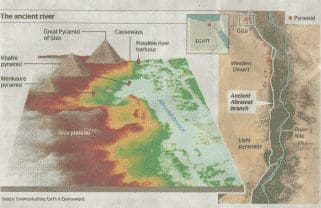
One of the harder parts of teaching history at Ks2 is to explain to pupils that history is a construct, and one that changes not only with new discoveries but with new opinions. History is not set in stone.
Cue, Stonhenge. Take this well-known landmark for example. In his History of the Kings of Britain, the medieval chronicler Geoffrey of Monmouth recounts that Stonehenge was built in the 5th century AD as a memorial to 300 noblemen slain by the treacherous Saxon leader Hengist. The huge stone were transported somehow from Ireland and then erected where they now stand using the powers of sorcery of the wizard Merlin.
Even KS2 pupils realise this is nonsense but are we really sure how those massive rocks made their way to Salisbury Plain? Only with the most recent tests of a section of the Sarsen stones, released for the first time for scientific scrutiny, can we say with any degree of certainty where these 4,500 year old stones came from. The clue might be in their size. The biggest Sarsens ( 52 of the original 80 still there) stand 9 metres tall and weigh about 25 tonnes. You don’t want to be lugging those big boys any further than you need to. So, it comes as no surprise that we now think that they came from an area just 15 miles north of Stonehenge called West Woods on the Marlborough Downs. The next piece of the jigsaw is to work out the route from quarry to Stonehenge. And that’s another conversation between past and present. Watch this space!








